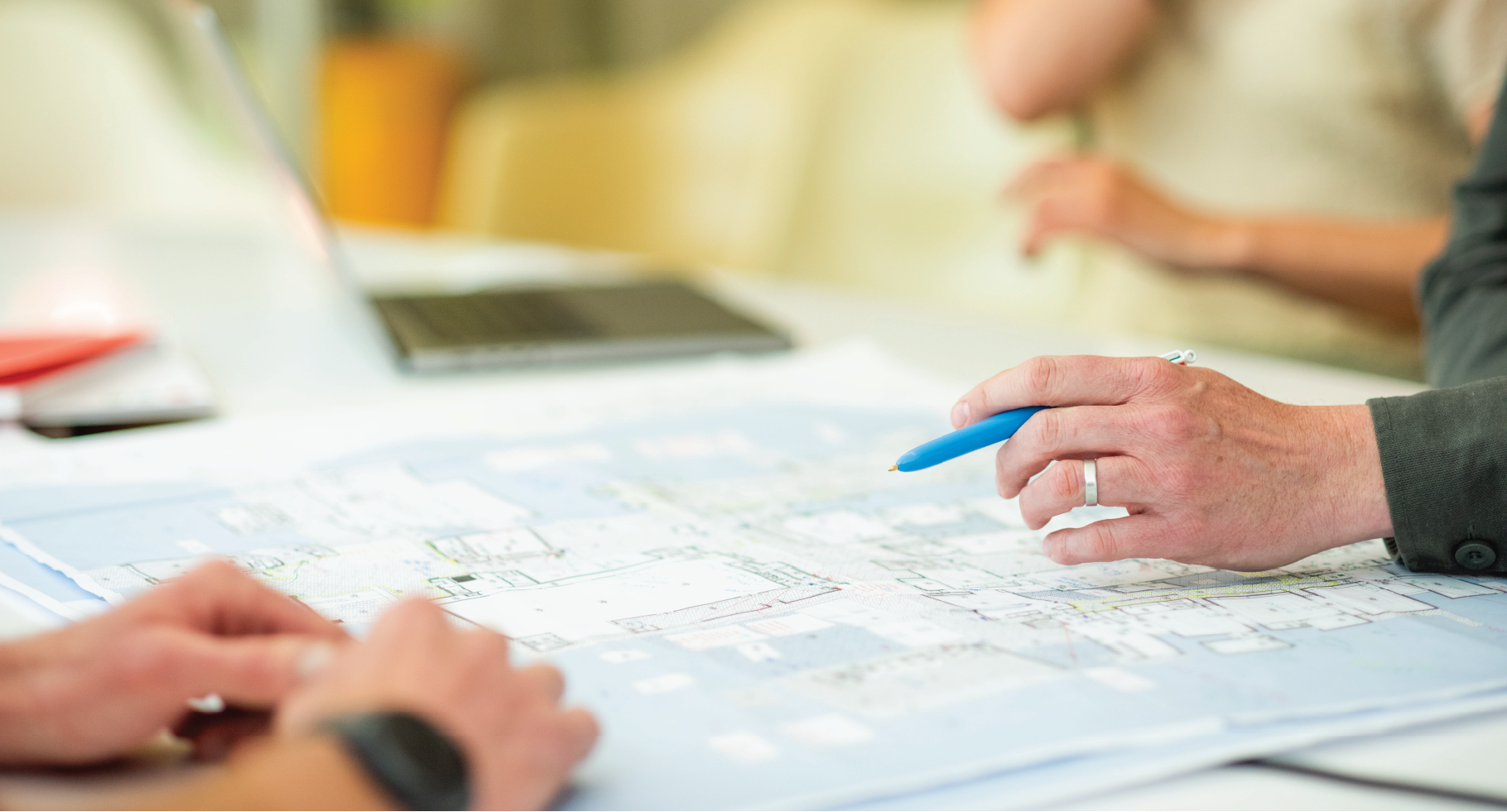School of Mima
Design that connects us
Empower teams with human centred design training
Looking to build your understanding of accessibility, inclusive design, experience design and human factors - and how they shape environments and experiences?
You’ve come to the right place.

At Mima, we combine technical expertise with a holistic, human-centred approach. Our team is known for a knowledgeable, kind, and collaborative style that brings people along on the journey. Our interactive training sessions blend expert theory with hands-on activities and group discussions, ensuring participants leave with greater knowledge, confidence, and understanding - and have fun along the way!
We also offer Continuing Professional Development (CPD) sessions and informal “lunch & learns” covering our core service areas, supporting design partners and architectural teams to meet RIBA CPD requirements.
Our accessibility and inclusive design training courses and CPDs are led by design consultants with lived experience of disability and/or neurodiversity. We can also create bespoke sessions on topics such as digital accessibility, inclusive marketing, or designing neuro-friendly environments and experiences. All sessions are available in-person or virtually. Send us an enquiry below to learn more and request pricing.
Training Courses
CPD Sessions
Expression of Interest
Don't worry, the below form doesn't commit you in any way, but simply lets us know what you might be interested in.
Add your desired session or sessions to this expression of interest.